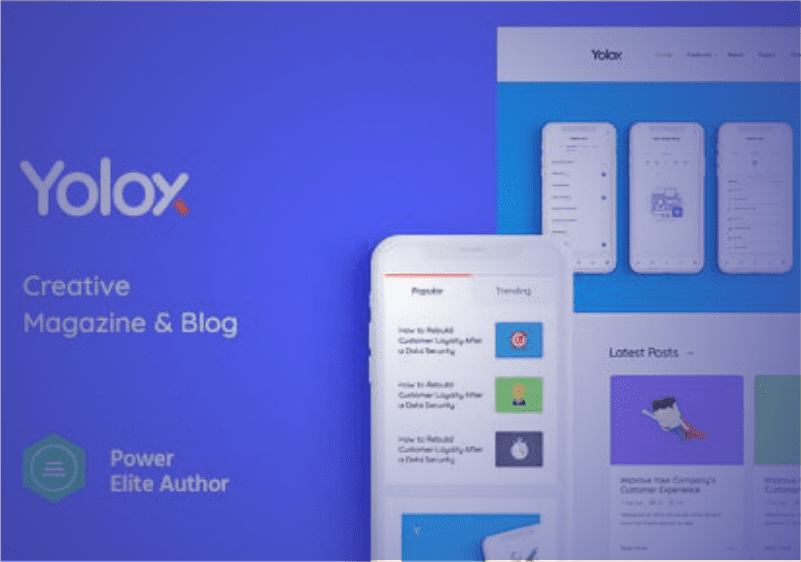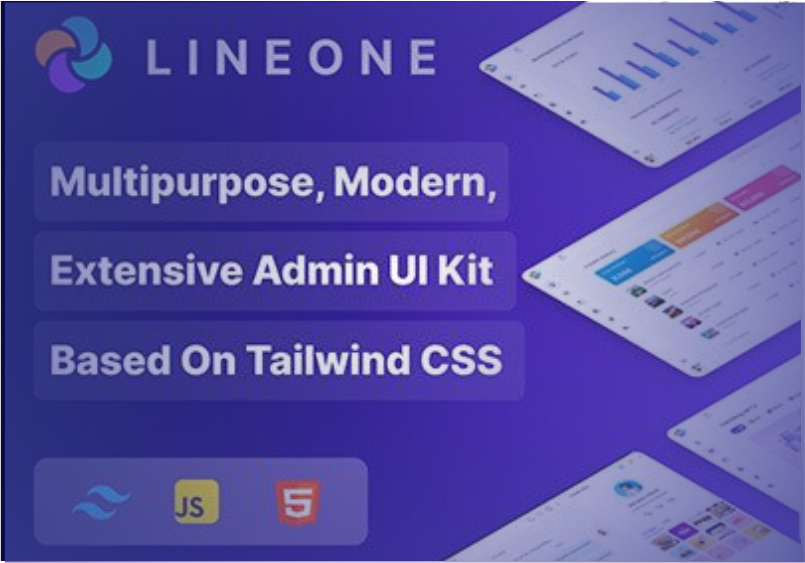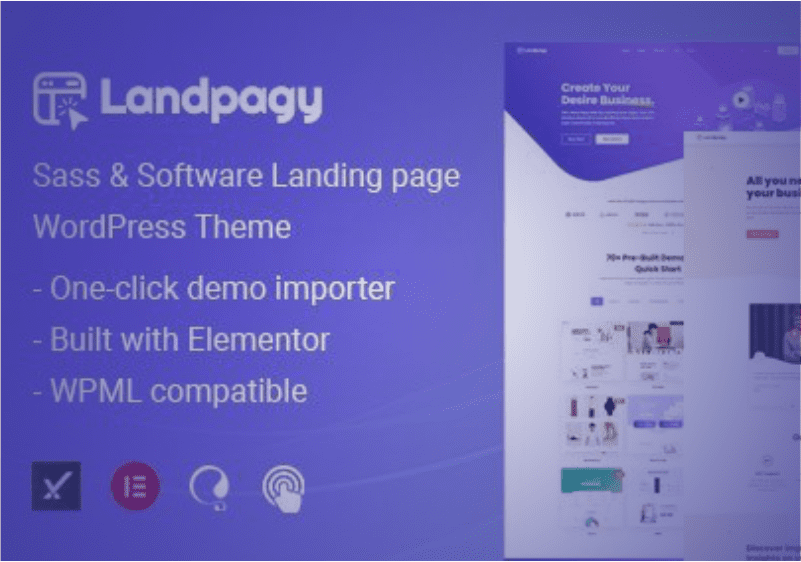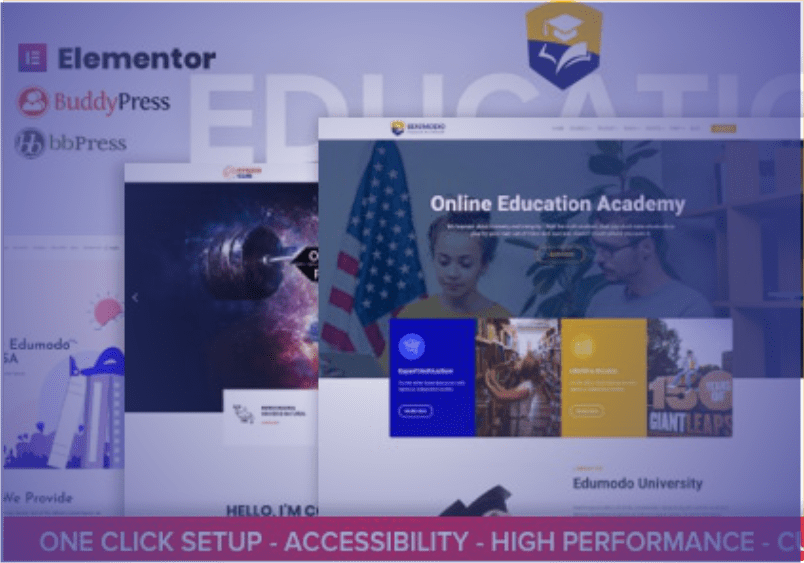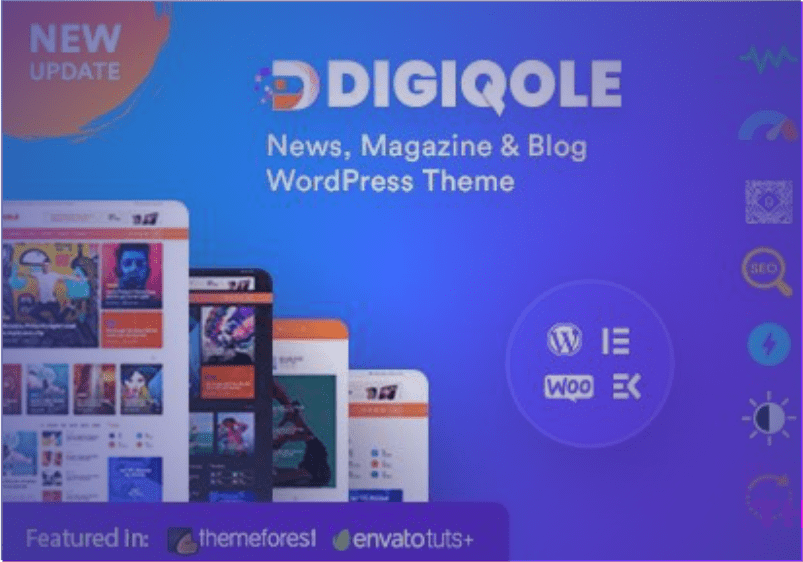Best Social Media Practices for Organisations
Social Media has developed from a basic networking tool to a potent business engine in today’s digitally first environment. Businesses that comprehend and implement the best social media strategies frequently outperform their rivals thanks to more brand awareness, more engaged customers, and eventually superior financial results. This article examines the best social media tactics that businesses may use to prosper in a competitive internet market. These strategies, which range from creating a consistent brand voice to utilising data, will assist any company in improving its visibility and creating enduring online connections.
The Importance of Social Media
Social media is no longer optional. For businesses—whether start-ups, small enterprises, or multinational corporations—it is a central platform to reach and connect with audiences. It is where your customers are, where conversations are happening, and where reputations are built or broken. Social media influences buying decisions, boosts customer loyalty, and drives traffic to websites. Therefore, understanding its full potential is crucial for organisational growth.
Building a Cohesive Brand Identity Across Platforms
A fragmented brand identity can confuse followers and undermine credibility. Organisations must ensure their social media profiles maintain consistency in tone, logo usage, messaging, and visual content. Whether on Facebook, Instagram, LinkedIn, or Twitter (now X), your organisation should project a uniform personality that reflects your core values. A cohesive identity reinforces trust, which is the foundation of lasting relationships with your audience.
Success on social media depends heavily on understanding who your audience is. Age, gender, profession, interests, behavior, and location—all these factors shape the kind of content that resonates. Businesses that conduct thorough audience research using surveys, analytics, or social listening tools are better equipped to create relevant and engaging content. When you speak your audience’s language, they are far more likely to listen.
Creating Valuable and Authentic Content
In the fast-moving world of social media, value and authenticity are your strongest assets. Gone are the days when slick sales pitches ruled the internet. Today, users crave content that educates, entertains, or empowers them. Organisations should prioritize posts that solve problems, tell relatable stories, or provide behind-the-scenes glimpses into operations. Authentic content builds credibility, encourages sharing, and creates emotional connections that traditional advertising cannot achieve.
Posting haphazardly is a recipe for social media failure. Successful organisations develop a clear content strategy backed by a content calendar. This ensures that posts are timely, relevant, and aligned with broader business goals. A calendar also helps balance different types of content, such as promotions, tips, testimonials, and community engagement posts. Planning your content ahead reduces the stress of last-minute creation and allows better integration with product launches, events, or seasonal campaigns.
Using the Right Platform for the Right Purpose
Not all social media platforms are created equal, and not all audiences behave the same across them. LinkedIn works best for B2B interactions, professional updates, and thought leadership. Instagram and TikTok are ideal for visual content and younger audiences. Facebook is excellent for community-building and longer discussions, while X (Twitter) is great for real-time updates and customer service. Organisations must choose platforms strategically and align their content accordingly to maximize reach and relevance.
Many organisations fall into the trap of using social media as a one-way communication tool. However, the most successful brands know that real value lies in two-way interactions. Responding to comments, acknowledging feedback, starting conversations, and showing appreciation are key elements of building community. Engagement transforms passive followers into active brand advocates, which in turn leads to organic growth and loyalty.
Embracing Visual and Video Content
Visual content dominates today’s social media feeds. Posts with images or videos consistently outperform text-only updates. Organisations should invest in quality visual storytelling through infographics, branded images, live videos, reels, and behind-the-scenes footage. Videos, in particular, offer an immersive way to explain products, share testimonials, or even showcase company culture. Leveraging visual formats helps increase attention, comprehension, and shareability.
One of the most effective and low-cost strategies is to let your customers do the talking. Encouraging user-generated content (UGC) such as reviews, photos, and stories builds trust and creates community. Reposting testimonials or customer photos provides social proof and validates your offerings in a way paid ads cannot. Organisations that highlight their audience often find increased engagement and deeper emotional ties.
Making Use of Influencer and Partnership Campaigns
Influencer marketing continues to be a powerful social media tool. Micro and macro influencers alike offer access to niche communities and highly engaged followers. Strategic partnerships with influencers, brand ambassadors, or even other businesses can open new market segments and add credibility to your brand. However, it’s essential to work with influencers who align authentically with your brand’s mission and tone.
What gets measured gets managed. Without monitoring analytics, your organisation is essentially navigating blindfolded. Most social platforms offer detailed insights into engagement, impressions, click-through rates, and demographics. Using these metrics, organisations can identify what’s working and what needs improvement. Data-driven strategies ensure resources are allocated effectively and campaigns are constantly evolving based on real performance indicators.
Adapting to Algorithm Changes and Trends
Social media algorithms constantly change, influencing which content gets seen and by whom. To stay relevant, organisations must stay updated with platform-specific changes and emerging trends. Whether it’s the rise of short-form video or the prioritisation of meaningful interactions, adapting quickly ensures continued visibility. Trend-surfing, when done with authenticity, can increase reach dramatically.
While organic reach is valuable, paid advertising offers targeted reach and faster results. Facebook Ads, Instagram Promotions, and LinkedIn Sponsored Posts allow businesses to zero in on specific demographics and behaviors. The key is to blend organic and paid strategies—use organic to build community and trust, and use paid campaigns to amplify visibility and conversions. Testing different ad creatives and calls-to-action is critical for optimization.
Maintaining Responsiveness and Real-Time Engagement
Social media is a fast-paced environment. Delayed responses or ignored comments can harm your reputation. Organisations that respond quickly to messages and comments—especially negative ones—are seen as more reliable and customer-focused. Real-time engagement during live events or crises can boost brand integrity and show audiences that your business is attentive and responsive.
Behind every successful social media account is a dedicated team or individual managing the show. Organisations should invest in training their staff on social media best practices, brand voice, customer service, and content creation. Assigning clear roles for content development, community management, and analytics ensures accountability and consistency. Even small teams can deliver big results with the right training and planning.
Avoiding Controversy and Practicing Social Responsibility
In today’s sensitive digital climate, organisations must be cautious about the content they share. Tone-deaf posts or controversial opinions can go viral for the wrong reasons. Businesses should practice digital empathy, inclusivity, and social responsibility. Highlighting charitable work, eco-initiatives, or community outreach not only uplifts your brand but also connects with audiences on a deeper level.
Employees are some of the best brand ambassadors. Encouraging your staff to share updates, post behind-the-scenes moments, or write about their experiences creates a more human brand. Employee-driven content adds authenticity and shows transparency, both of which are valued highly by online audiences. Offering social media guidelines and incentives can spark enthusiasm and keep content aligned with brand values.
Protecting Your Brand with Social Media Policies
While creativity and engagement are vital, protection is equally important. Organisations should have a social media policy outlining what’s acceptable, how to handle crises, and who is authorized to post. This ensures that the brand’s reputation is safeguarded and that there’s a clear roadmap for dealing with any online fallout or misinformation.
Stagnation is the enemy of success in digital marketing. What worked a year ago may no longer be effective. Organisations should conduct quarterly reviews of their social media strategy, assessing content performance, audience growth, conversion rates, and platform relevance. This allows for constant improvement and ensures the brand remains innovative, fresh, and responsive to change.
Conclusion
Social media is not just a communication channel—it’s a strategic business asset. When managed effectively, it drives awareness, boosts loyalty, fuels growth, and nurtures relationships. The best organisations see social media as a long-term investment rather than a short-term promotional tool. By applying these human-centric and SEO-aligned practices, businesses of all sizes can harness the true power of social media, ensuring they not only stay relevant but also become leaders in their industry.


